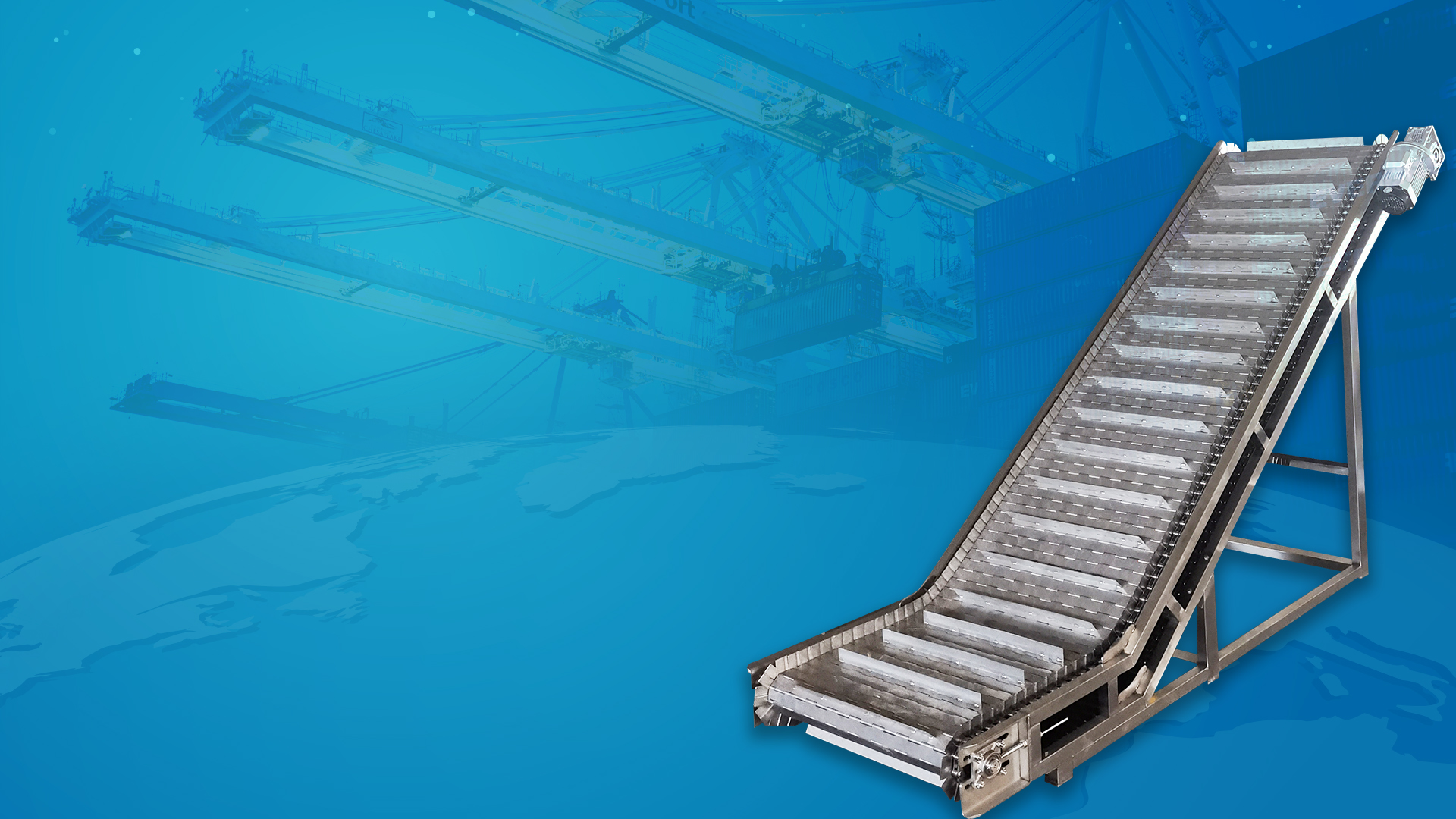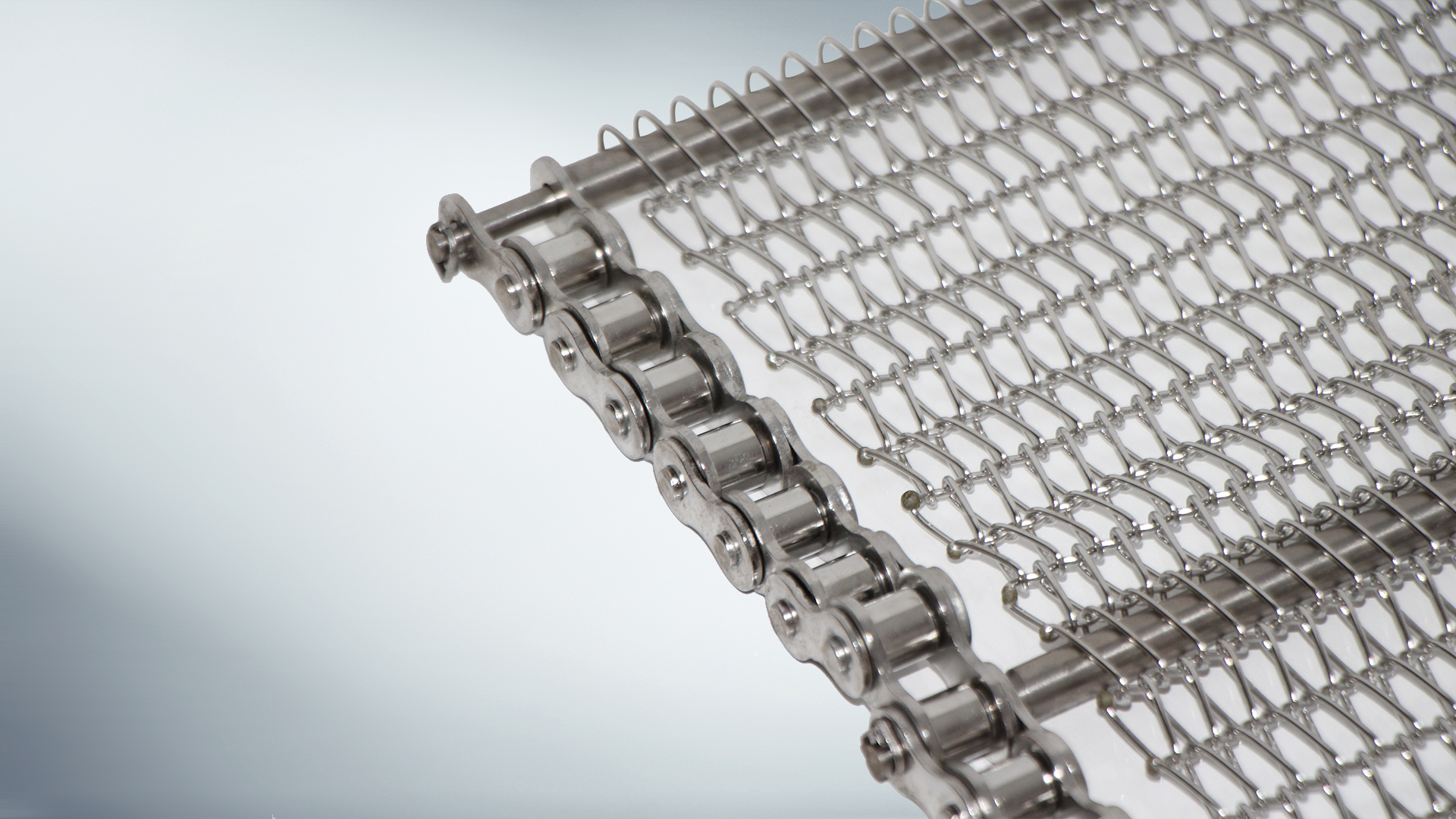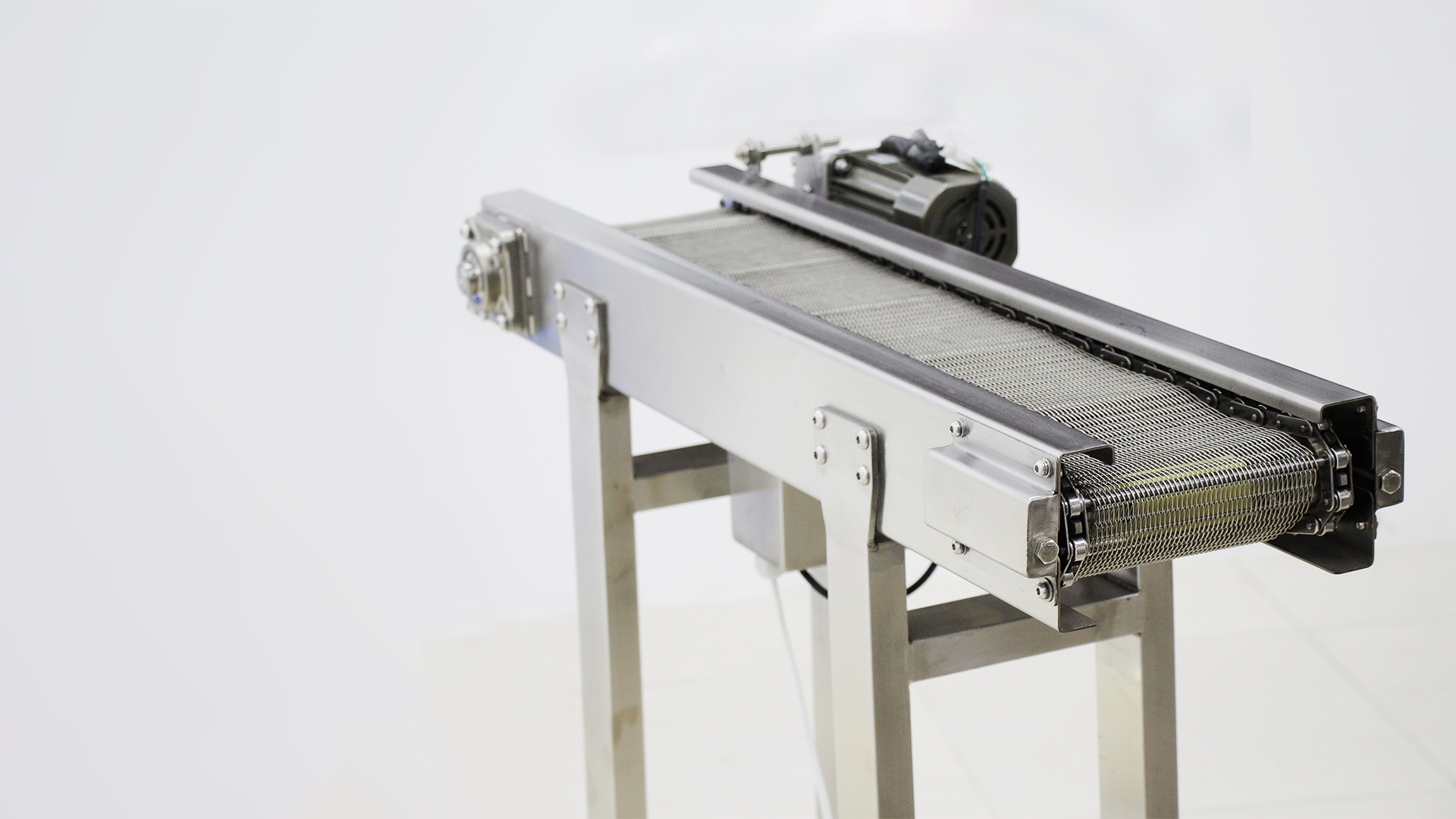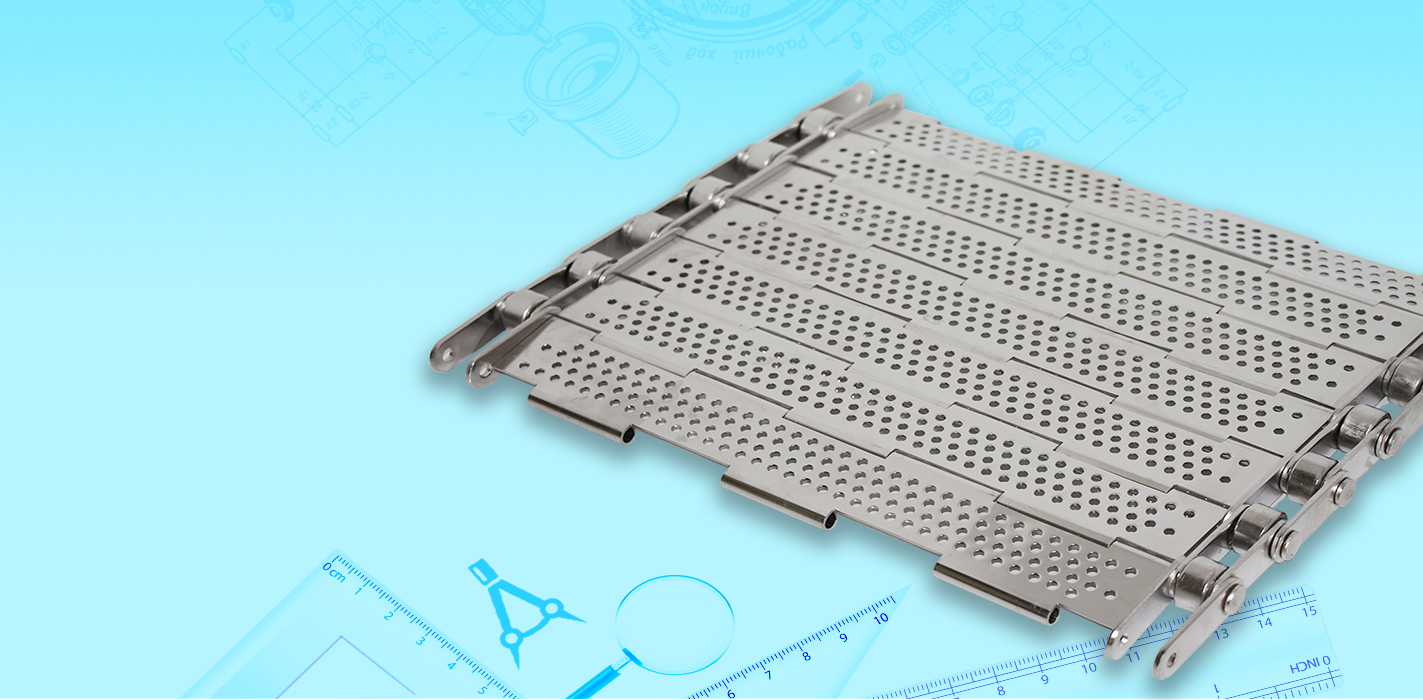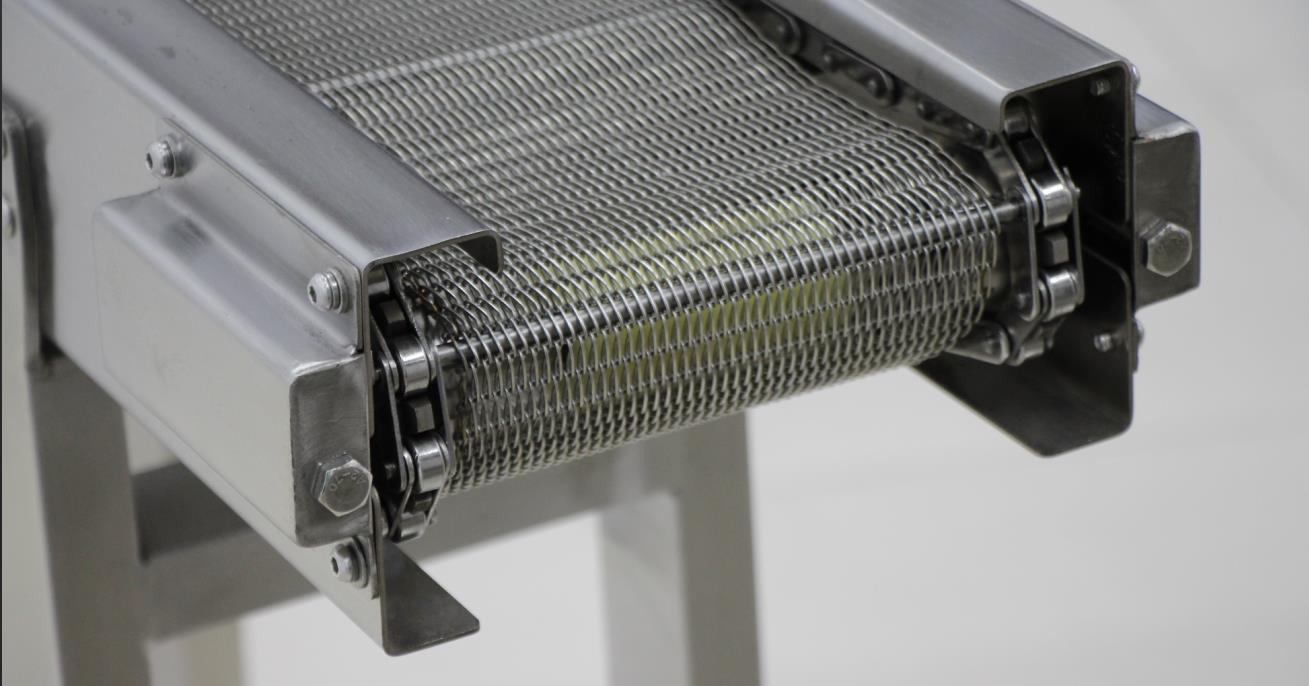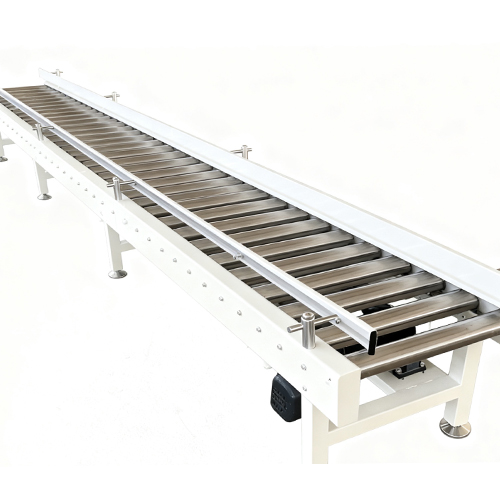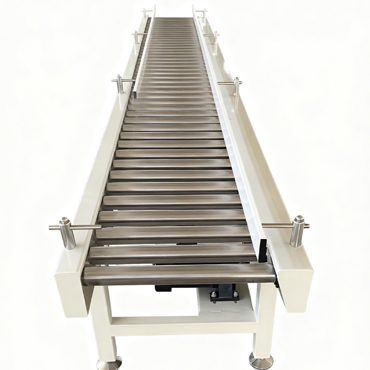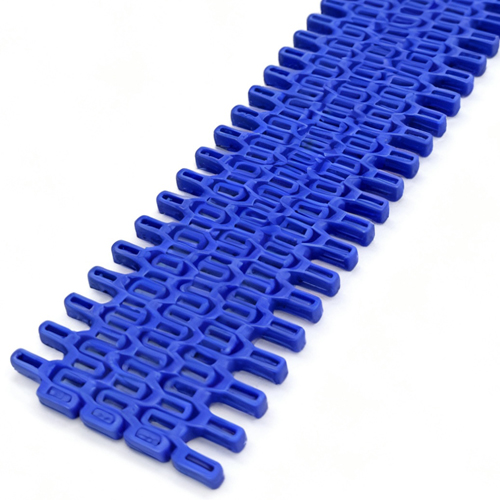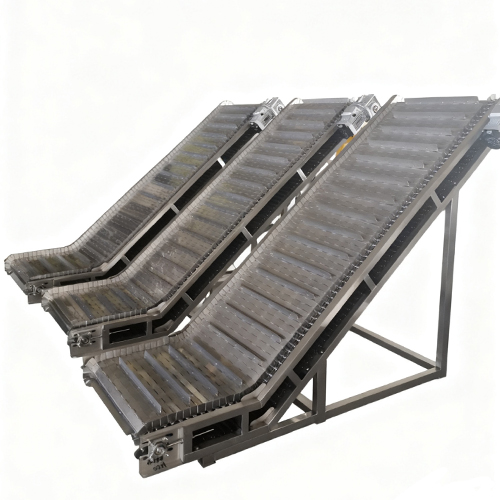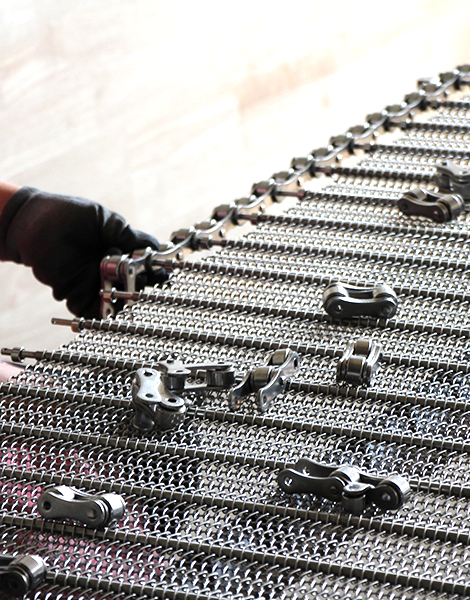The installation and commissioning of non-powered roller conveyors is relatively complex, as reflected in the following aspects.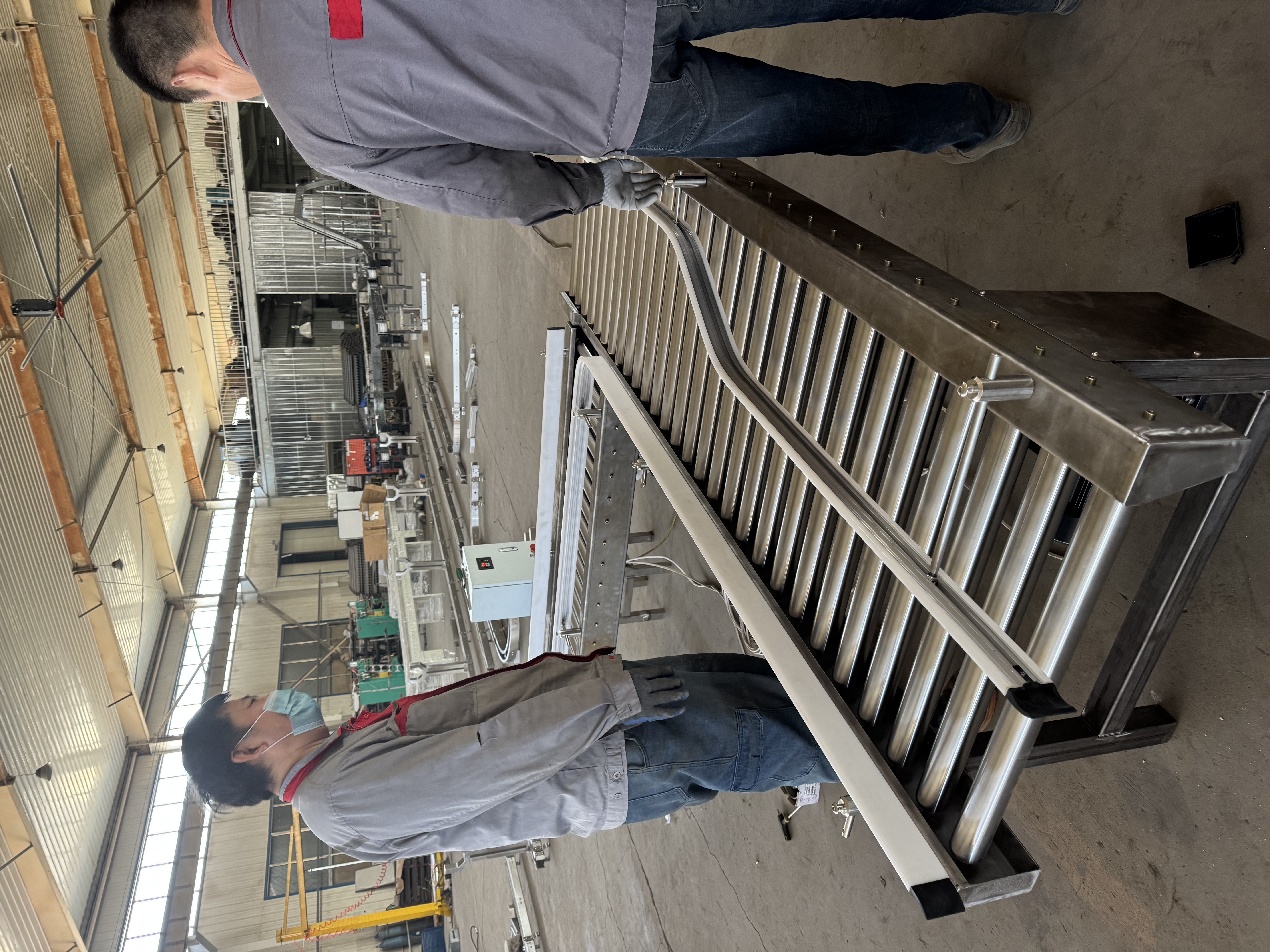
First, the mounting location must be measured and planned during installation to ensure the conveyor is level and straight. Second, the spacing between each roller and the connections to surrounding equipment must be strictly controlled. This requires professional measuring tools and skilled installers because even minor deviations can affect subsequent conveying performance and equipment stability.
Second, the commissioning phase is critical. The conveyor's drive system must be calibrated so that all rollers operate synchronously without stuttering or inconsistencies in speed. At the same time, adjust the tension of the conveyor belt so that it fits snugly against the rollers. This ensures smooth operation without excessive tightness, which could damage the belt. Furthermore, the commissioning process becomes more complex for non-powered roller conveyors with special functions or control requirements, such as adjustable inclines or turning capabilities. It requires precise configuration and fine-tuning of the control system to meet the demands of diverse production processes.



